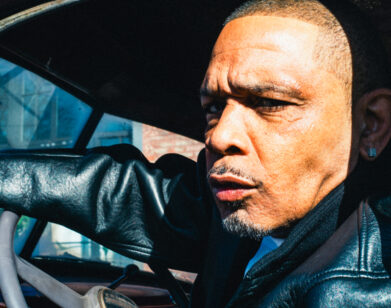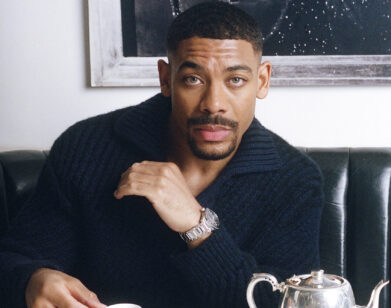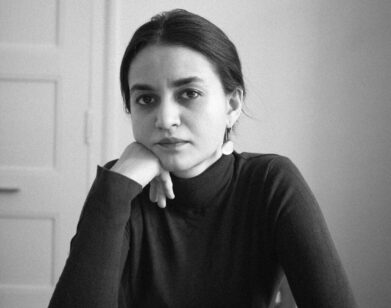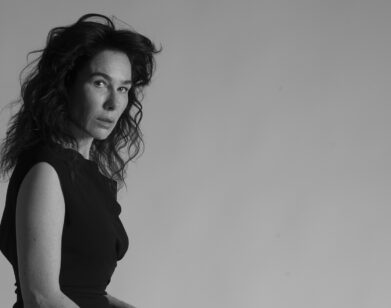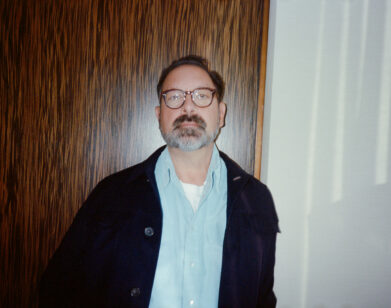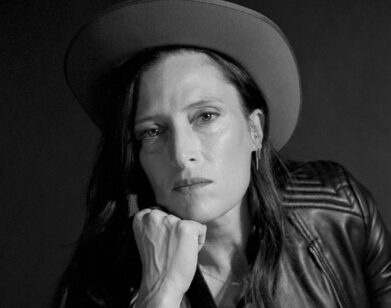Goran Kostic’s Long Year With Angelina Jolie
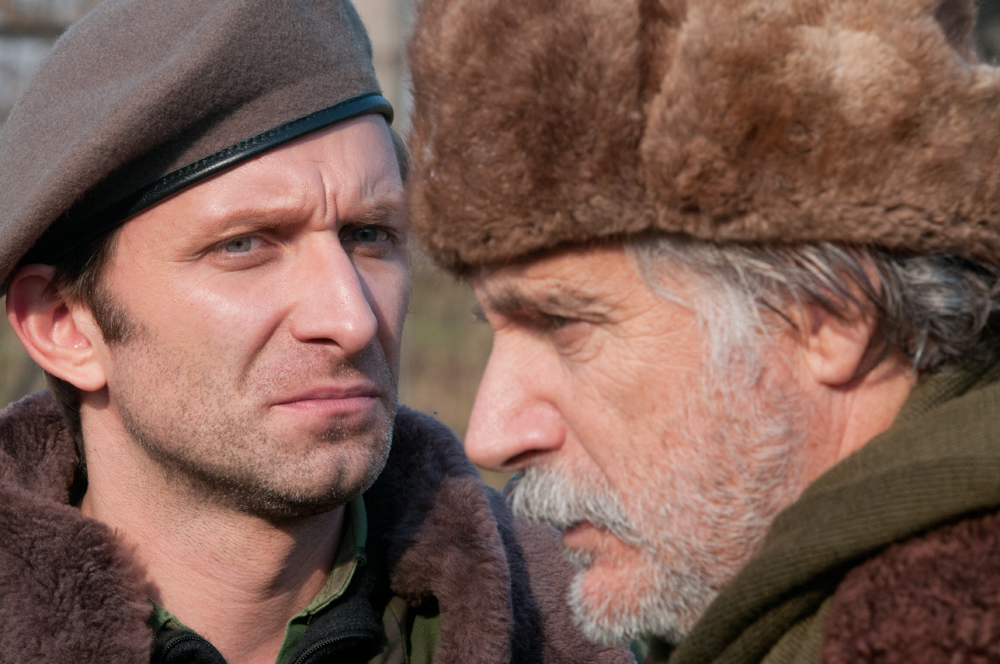
KOSTIC, LEFT
The sound of an actor stepping behind the camera typically generates snickering from the back row. We won’t name names, but we’ll admit to cringing through a vanity project or two that should have never been made. But everything about In the Land of Blood and Honey seems different. First: the director was Angelina Jolie, yes, the most famous actress on the planet, but also a woman with an interesting history and deep concerns outside the Hollywood star machine. Second: the subject matter, and approach to the material, is anything but frivolous. This seemed like something real, something serious, something worth keeping an eye on.
A dark and often disturbing film, In the Land of Blood and Honey attempts to portray the deep ambiguities embedded in the pain inflicted on and by people during the Bosnian War. Goran Kostic, who plays Danijel, a Serb policeman, anchors the film with his co-star, Zana Marjanovich. Interview spoke with Kostic about his first reactions to the project, the controversial nature of the material, and how it feels for it to be over.
CRAIG HUBERT: What was your first reaction to the project?
GORAN KOSTIC: Well, we only had one read of the script. My first reaction was: can I read it again? I recognized the depth of it, and how important it was to her. I was very interested. At the same time, it was very hard to revisit a part of my life which I thought had been buried deep down in my soul. To go back to where we were, twenty years ago, it was painful. I knew it would open up old wounds.
HUBERT: When you got the role, how much did you work with Angelina Jolie on developing the character?
KOSTIC: Very closely, of course. We met a couple months before the filming started. She said, “Whatever you want, just ask for it.” So we sat down and talked about it. She was great from the beginning, saying that this is essentially a story of my kind, my experience, my war, my country. In a way, she was giving me—us—a blank check to fill in the emotional landscape and do our best, really. She was really supportive and kind and open and creative. And saying, at the same time, “I’m a first-time director—help me and I’ll help you.”
HUBERT: Were you worried about the material being controversial?
KOSTIC: Absolutely. We always knew the material would be controversial. You can’t do anything in this area without being controversial. At least we tried to offend everybody [laughs]. When I said this to Angelina, she was a bit, “Are you sure this is what we want to do?” I mean, you won’t be able to not offend groups of every side, so don’t be afraid. It’s a difficult thing in finding a balance in this story because it’s complex, serious, an important story, that can be easily ridiculed by some. At the same time, we tried to avoid that as much as possible by treating it as simply a serious issue.
HUBERT: What was the working relationship like among the actors? Did you have any kind of rehearsal?
KOSTIC: No, we had no rehearsal—we just went for the raw, emotional feeling that comes out. Which might look like, or might feel, as something that needs clipping or polishing, yet we also know it carries this raw energy which is really exciting. Angelina recognizes that—she knows that exists, of course. Capturing that is difficult—first, second take, no more. Once you go through more of it, you lose it. Rehearsals, we realized early, would cause trouble. We would start repeating ourselves.
HUBERT: I wanted to ask specifically about your work with Zana [Marjanovich]. There are some pretty rough scenes between the two of you, others are intense or intimate.
KOSTIC: From the beginning, what was obvious—to all of us, Angelina and the actors—was the question of trust. We had to immerse ourselves in the show. We could not possibly hold things back or even discuss things. What was important was to trust—to be led through the dark by Angelina and then being touched by Zana, and doing the same for them. I’m so happy, and I’m so glad—this is the quality that makes the film what it is—that in all these difficult scenes where I’m naked, not just physically but emotionally, we were able to achieve, without rehearsals, by just exploring the space. We knew if we kept the camera rolling for five or ten minutes, we would find what we were looking for, the moments that are genuine and strong.
HUBERT: Stepping away from your experience making the film, having now seen the completed version, is there anything that surprised you?
KOSTIC: It’s very hard for me to objective about the film in any way. I’ve seen every version possible; I was there throughout the shoot. I can’t possibly be objective about myself. I can look at my other colleagues work, and they are all tremendous, really. What got me last night [at the screening] was the reaction from the audience. To see their faces, to see their expressions, to see how they were sitting in their chair uncomfortably, and start crying even, is a great testament to what film can achieve. There is also this element of a cathartic experience, where I’m happy where we are. It’s been a long year. The circle has been completed, and I’m happy where we are with it.

